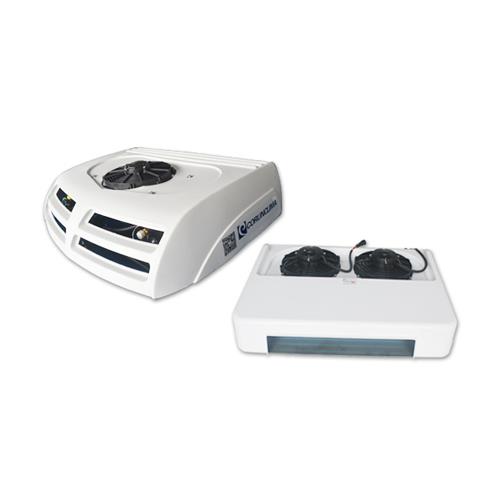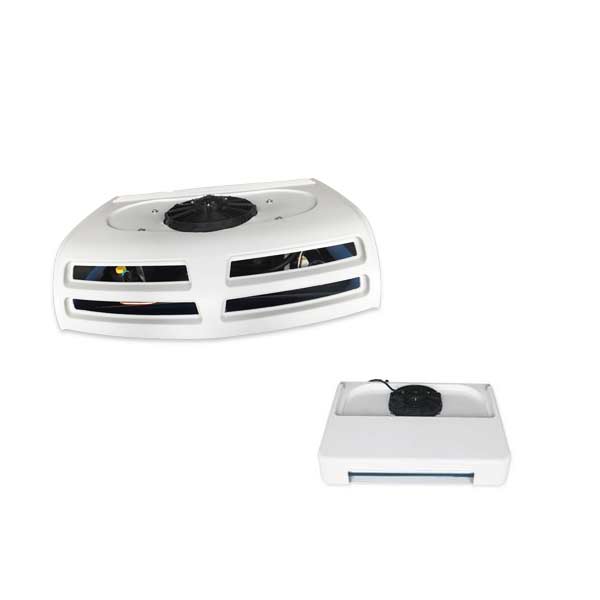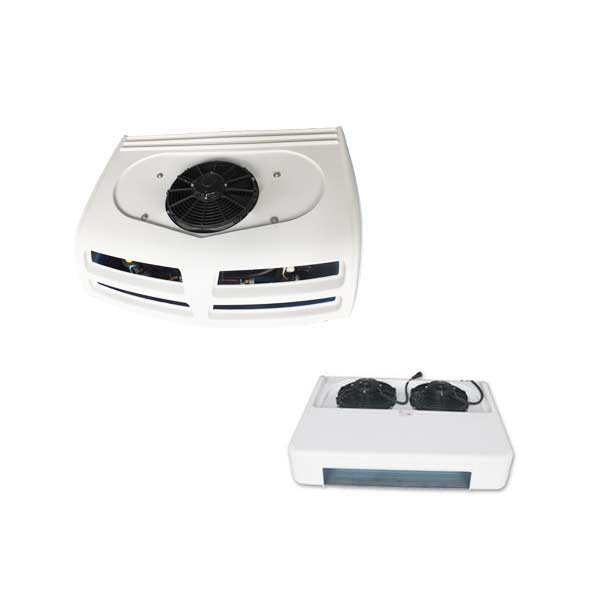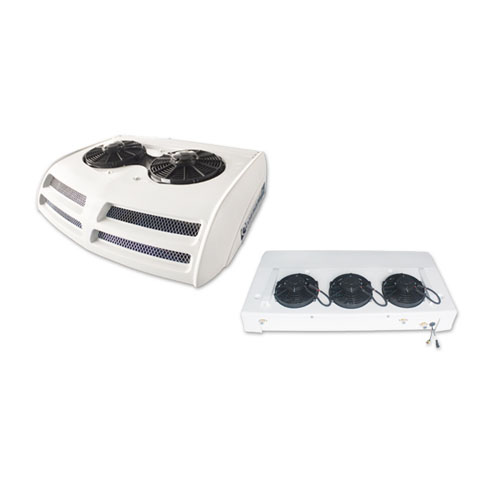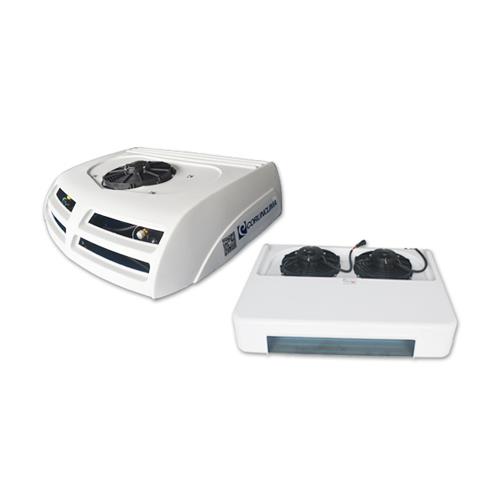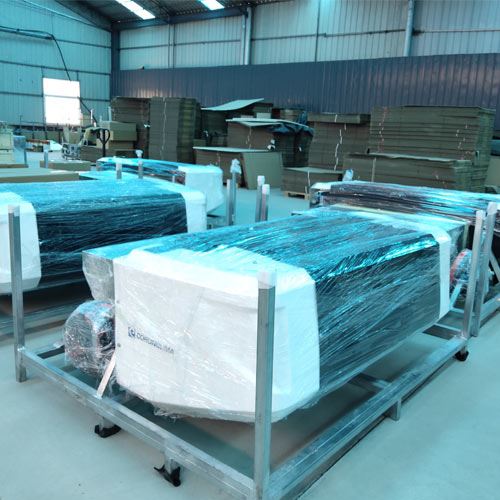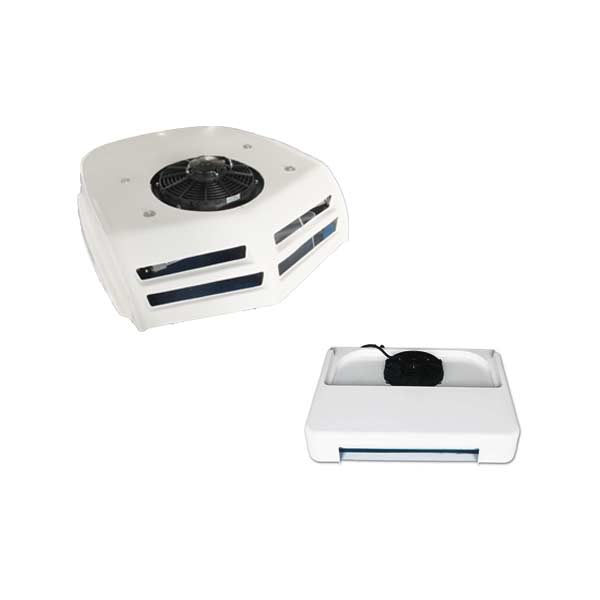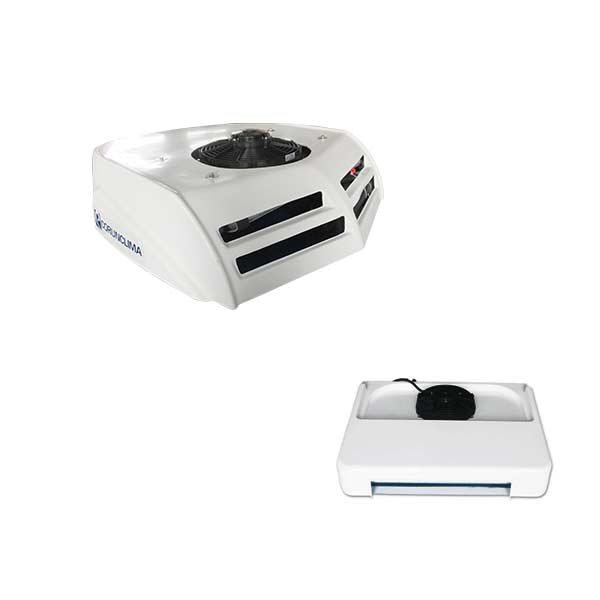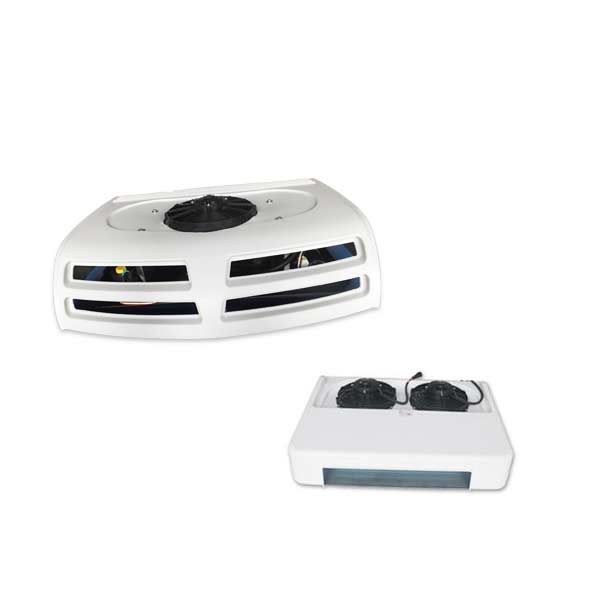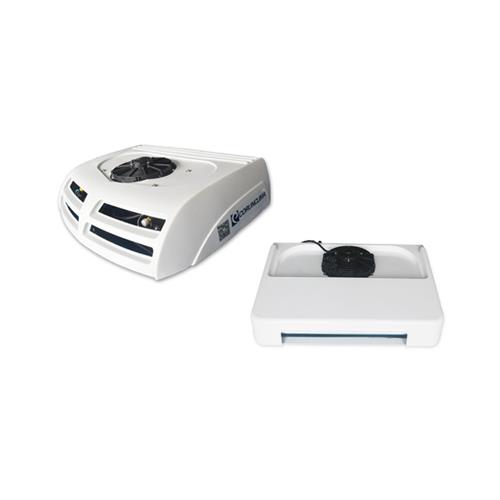The emergence of transport refrigeration units has greatly improved people's living standards and quality. With transport refrigeration units, we can eat all over the world without leaving home, how is the transport refrigeration unit cooled, what is its refrigeration method? Today, the transportation refrigeration unit manufacturers will give you a brief explanation;
Water ice and salt ice refrigeration:
At atmospheric pressure, the melting point of ice is 0 °C. The endothermic heat when the ice melts is 334.8kJ/kg. Adding salts to the water ice can reduce its melting point. Within a certain range, the more the salt in the water ice, the lower the melting point. Experiments have shown that when the mass of salt added is 29% of the mass of water ice, the melting point of the mixture can reach a minimum of -21.2 °C. If you add more salt, the melting point will not drop. It is usually based on the appropriate temperature of the transport of refrigerated goods to select different components of salt ice. For example, using salt ice with a salt content of 22%, the temperature inside the cabin can be maintained at -18 to -13 °C.
The water ice refrigeration device has low investment and low operating cost, but the ordinary water (salt) ice unit has a small heat absorption and a limited cooling inside the vehicle. In addition, when the salt ice melts, it will pollute the environment, food, and corrode the car and the value of the goods. Therefore, water (salt) ice refrigeration is mainly carried out in the refrigerated transportation of aquatic products such as fish.
Dry ice refrigeration:
Under an atmospheric pressure, the sublimation temperature of dry ice (solid CO2) is low (-78.9 °C), and the sublimation heat absorption is large (573.5 kJ/kg), so it can be used as a cold source of the cabin, not only can obtain lower temperature (generally lower) At -20 ° C), and a larger cooling capacity can be obtained. This refrigeration mode is therefore suitable for the transport of frozen foods.
The dry ice refrigeration unit is simple, low in investment and operation cost, easy to use, and the goods are not damp. COZ gas produced by sublimation of dry ice can inhibit microbial growth, slow down fat oxidation, and weaken the respiration of fruits and vegetables. However, dry ice sublimation may cause frosting; excessive CO2 gas will cause fruit and vegetables to be difficult to breathe and necrosis; the temperature inside the compartment is difficult to adjust; the cost of dry ice is high, and the consumption is large, so the practical application is less.


